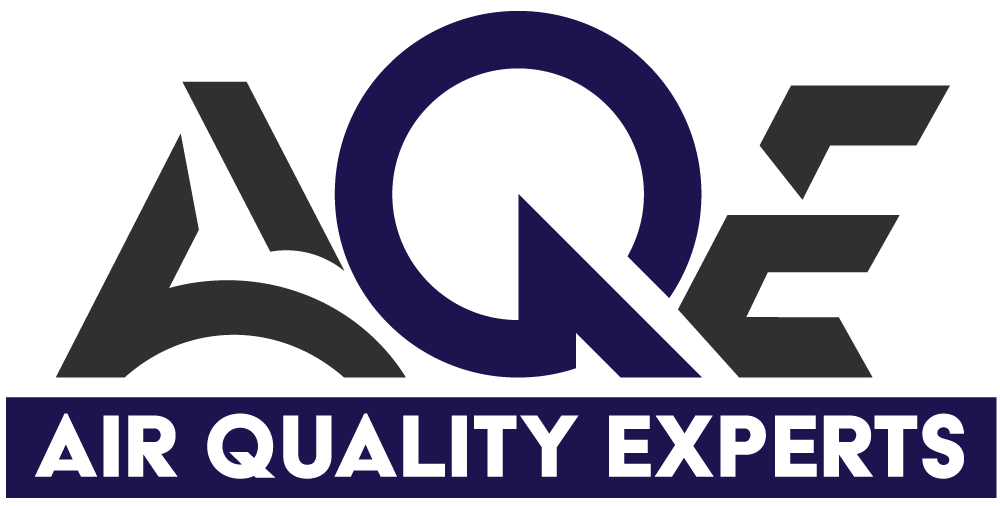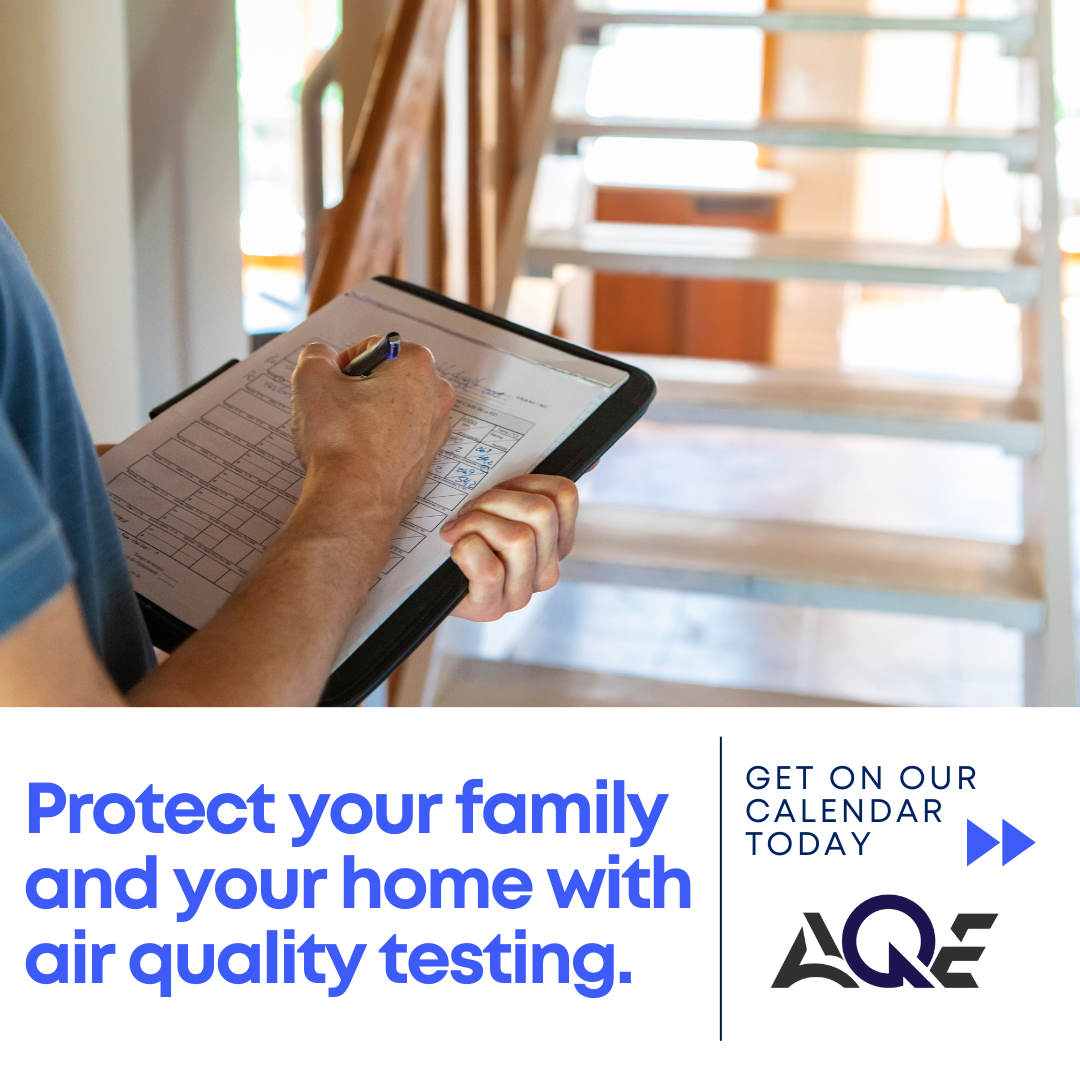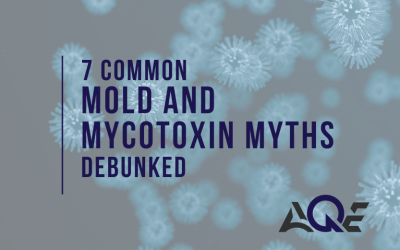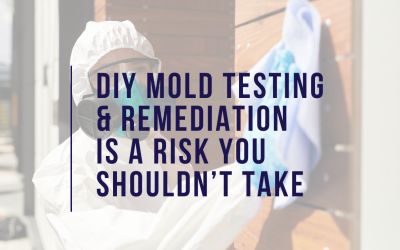Preventing Mold Growth
Mold isn’t just an unsightly nuisance—it can pose serious health risks and damage your property. Whether you’re dealing with Georgia’s humid climate or simply want to maintain a healthy indoor environment, taking steps towards preventing mold growth is essential. This guide offers practical, research-backed strategies to keep your home mold-free.
Understanding Mold and Its Health Impacts
Mold is a type of fungus that thrives in damp, warm environments. It reproduces through spores that become airborne and settle on surfaces, where they can start to grow if the conditions are right. Common indoor molds include Aspergillus, Penicillium, and Stachybotrys (often referred to as black mold). Exposure to mold can lead to respiratory issues, allergic reactions, and other health problems, especially in individuals with compromised immune systems.
8 Tips for Preventing Mold Growth in Your Home
1. Control Indoor Humidity Levels
Maintaining proper humidity levels is crucial in preventing mold growth. The Environmental Protection Agency (EPA) recommends keeping indoor relative humidity below 60%, ideally between 30% and 50%. High humidity provides the moisture mold needs to thrive. Use dehumidifiers in damp areas like basements and bathrooms, and ensure your home is well-ventilated. Regularly check and maintain your HVAC systems to help control humidity levels.
2. Ensure Proper Ventilation
Proper ventilation helps reduce moisture buildup, especially in high-humidity areas like kitchens and bathrooms. Use exhaust fans when cooking, showering, or running the dishwasher. If your home lacks exhaust fans, consider installing them or at least open windows to allow moisture to escape. Ensure that appliances like clothes dryers are vented to the outside to prevent indoor moisture accumulation.
3. Address Water Leaks Promptly
Water leaks from roofs, pipes, or appliances can create ideal conditions for mold growth. Inspect your home regularly for signs of leaks, such as water stains, damp spots, or peeling paint. Fix any leaks promptly and dry affected areas thoroughly. Remember, mold can start growing within 24 to 48 hours of water exposure.
4. Use Mold-Resistant Products
When building or renovating, opt for mold-resistant materials. Use mold-resistant drywall or sheet rock in areas prone to moisture, like bathrooms and basements. Consider using mold inhibitors in paints and coatings. These products can help prevent mold growth on surfaces and are especially useful in high-humidity environments.
5. Maintain Your Home’s Exterior
Preventing moisture from entering your home starts with proper exterior maintenance. Make sure that your roof is in good condition and gutters are clean and functioning correctly. Make sure the ground slopes away from your home’s foundation to prevent water from pooling around it. Seal any cracks in your home’s exterior walls and foundation to prevent water intrusion, and call a foundation expert if you are noticing excess water in your basement or crawlspace.
6. Clean and Dry Wet Areas Promptly
After any water intrusion, such as spills or flooding, it is imperative that you clean and dry the area immediately. Professionals should remove and replace any water-damaged materials that cannot be thoroughly dried, such as carpets or ceiling tiles. Regularly clean areas prone to moisture, like bathroom tiles and window sills, to prevent mold spores from taking hold.
7. Monitor Indoor Plants
One unexpected source of mold could be your indoor plants, if they are overwatered or if water accumulates in their trays. Ensure that plants are not overwatered and that excess water is drained properly. Regularly clean and dry the areas around your plants to prevent mold-friendly conditions.
8. Be Cautious with DIY Mold Remedies
While some DIY methods, like using baking soda or essential oils, can help with minor mold issues, they are not substitutes for professional remediation. For significant mold problems, especially those involving black mold or extensive growth, it’s very important to consult with professionals who have the proper equipment and expertise to handle the situation safely and effectively.
Preventing mold growth in your home involves a combination of moisture control, proper ventilation, regular maintenance, and prompt attention to water issues. If you suspect mold growth in your home, don’t hesitate to seek professional assistance to ensure thorough and safe remediation.
Check out our other recent blogs:
7 Common Mold and Mycotoxin Myths Debunked
With myths of every sort pervasive on the internet, it can be hard to know what information is trustworthy. But when it comes to mold and mycotoxin myths, that confusion can cause real harm to your health or that of your family. As professionals, it's our job to cut...
DIY Mold Testing & Remediation is a Risk You Shouldn’t Take
DIY Mold Testing It’s easy to understand why homeowners might be tempted to attempt a DIY mold fix. Mold can appear out of nowhere, and with the abundance of online guides and affordable DIY mold testing kits, handling the issue yourself can seem like a fast and...
Experience Convention in Las Vegas 2024
The Experience Convention in Las Vegas 2024 Attending the Experience Convention in Las Vegas this year was nothing short of incredible. As someone deeply invested in the air quality industry, this event was an eye-opener for the latest technologies and innovations...





